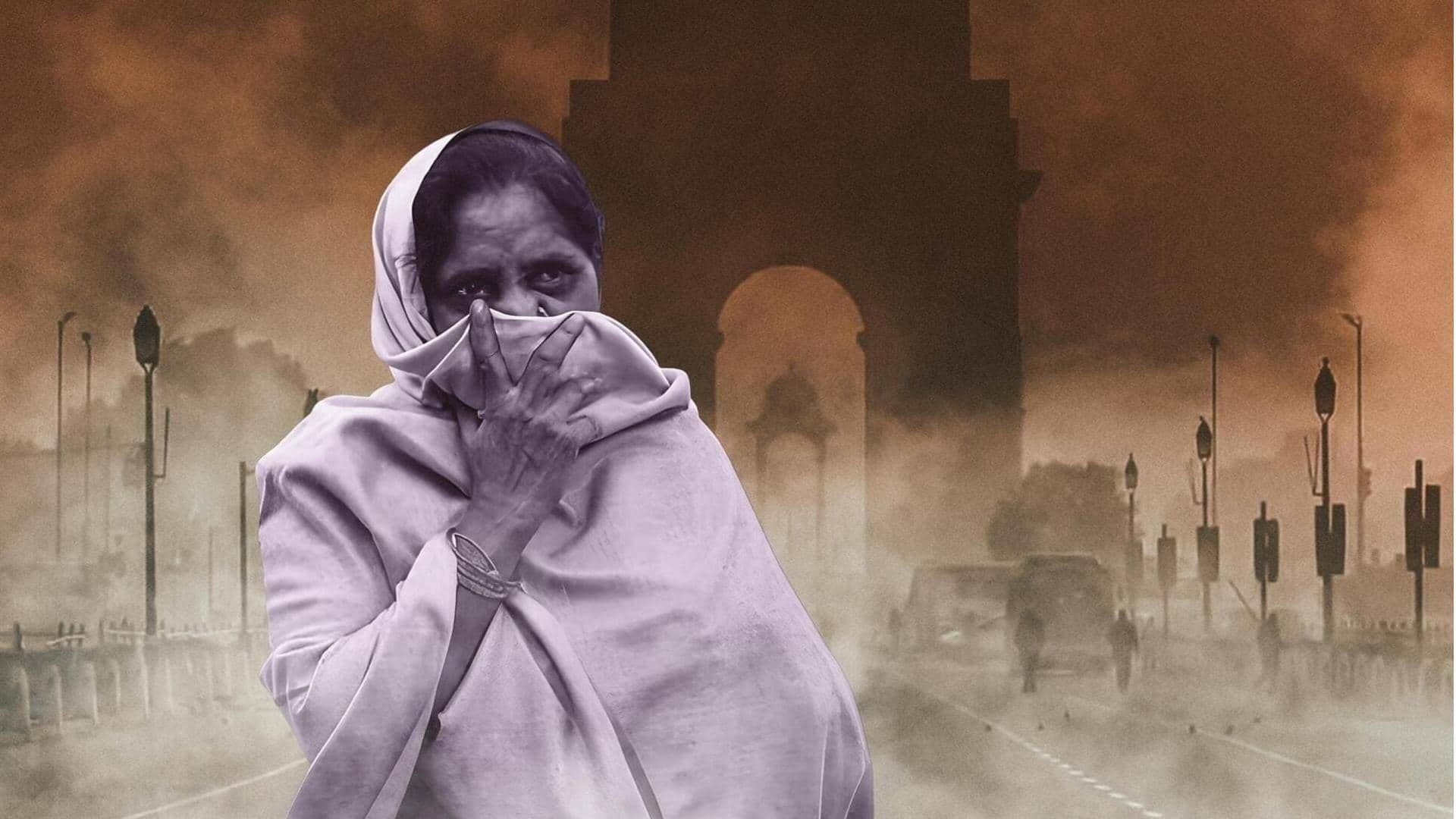
Delhi's AQI worsens post-Diwali, air quality in 'poor' category
What's the story
A thick smog reappeared over Delhi and the nearby National Capital Region (NCR), with the national capital recording "poor" air quality on Monday morning, as per the Central Pollution Control Board (CPCB). Just a day after reporting its best air quality index (AQI) on Diwali in eight years at 218, Delhi's AQI reached 514 at 5:30am.
Context
Why does this story matter?
While the Supreme Court (SC) banned firecrackers ahead of Diwali to curb air pollution, people celebrated the festival of lights, violating the ban, as the noise of the crackers echoed across Delhi-NCR. The capital's AQI has been in the "severe" or "very poor" category for two weeks, mainly due to stubble burning and lower temperatures. The Delhi government introduced numerous anti-pollution measures to battle the air pollution crisis.
Details
Details on post-Diwali AQI across Delhi-NCR
According to CPCB data, Anand Vihar in the national capital had an AQI of 289 at 5:00am, while RK Puram had an AQI of 281. The air quality in neighboring Uttar Pradesh also took a hit amid overnight Diwali celebrations, with the state's average air quality in the "poor" category. In the NCR, Noida's AQI was at 269 and Gurugram's air quality was at 329.
Twitter Post
Visuals of smoggy Noida on Monday morning
#WATCH | Uttar Pradesh: Air Quality in Noida deteriorates to 'Poor' category, as per the Central Pollution Control Board (CPCB).
— ANI (@ANI) November 13, 2023
(Visuals from various sectors of Noida) pic.twitter.com/xoncecy50v
Insights
Delhi government's campaign and SC order fail to curb pollution
Addressing Delhiites violating SC's firecracker ban, environmentalist Bhavreen Kandhari stated that it highlighted yet another failure of the Arvind Kejriwal administration. "The Supreme Court's firm stance on firecrackers got blown in the smoke of the firecrackers. Wondering what stance will the Supreme Court take now? We are allowing our children to choke in the name of celebration," Kandhari told PTI.
What Next?
Main reason behind Delhi's high AQI every year
Delhi's air pollution peaks between November 1 and November 15 each year, as farmers in UP, Punjab, and Haryana increase stubble burning. Air quality is considered "good" when its AQI is between 0-50, "satisfactory" between 51-100, "moderate" between 101-200, "poor" between 201-300, and "very poor" between 301-400. It is labeled as "severe" between 401 and 500, while anything above 500 is designated as "severe plus."